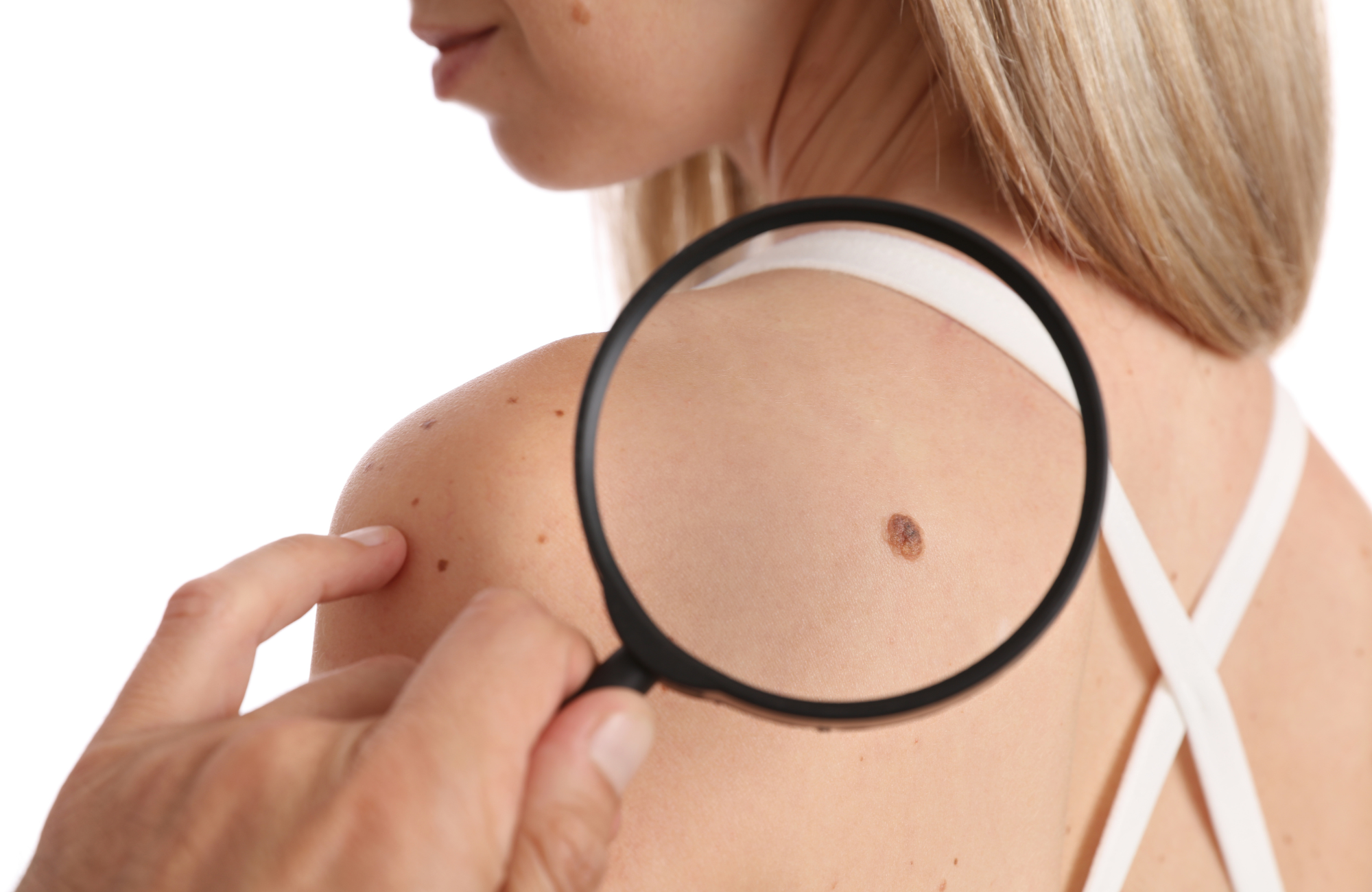As the largest organ in the body, the skin plays an important role in protecting the body from external factors like sunlight, heat, and injury. However, the skin is also susceptible to various types of skin cancers, including melanoma, which is one of the most dangerous and aggressive forms of skin cancer. For dermatology patients, it’s important to understand the difference between an atypical mole and melanoma, as early detection is key in the treatment of skin cancers. In this guide, we’ll explore the key differences between atypical moles and melanoma to help you better understand how to identify and treat these types of skin lesions.
What is an Atypical Mole?
An atypical mole, also known as dysplastic nevi, is a benign skin lesion that can occur anywhere on the body, but is commonly found on the back, chest, or scalp. These moles often have an irregular shape, size, or color when compared to normal moles, and may have a border that appears blurry or uneven. Some atypical moles may also have multiple colors, such as black, brown, red, or pink. While atypical moles are benign and not necessarily cancerous, they can still increase a person’s risk of developing melanoma. In fact, dermatologists often recommend monitoring and removing atypical moles to prevent melanoma from developing.
What is Melanoma?
Melanoma is a type of skin cancer that develops in the melanocytes, which are cells that produce the pigment melanin. Melanoma typically appears as a new or changing mole on the skin, and is most commonly found on the back, chest, legs, arms, face, and neck. Different from normal moles and atypical moles, melanoma tends to have irregular borders, an asymmetric shape, and uneven coloration. It may also have a raised or bumpy texture, and may itch or bleed. Melanoma can be a deadly form of skin cancer if left untreated, which is why it’s important to seek medical attention as soon as possible if you notice any suspicious lesions on your skin.
How Can You Tell the Difference?
While it’s not always easy to differentiate between an atypical mole and melanoma, there are a few key factors to consider. Atypical moles tend to have a more uniform shape, color, and size than melanoma, and are often symmetrical in appearance. They may also be less dark or black than a melanoma lesion. On the other hand, melanoma lesions often have an uneven shape or border, and may have multiple colors or shades within a single lesion. They may also be raised or bumpy, and they can change or evolve in appearance over time. If you notice any of these signs or symptoms, it’s important to consult your dermatologist as soon as possible.
What Should You Do if You Notice Suspicious Moles or Lesions?
If you notice any suspicious moles or lesions on your skin, it’s important to seek medical attention right away. Your dermatologist will be able to perform a skin examination and determine if any of the moles or lesions are atypical or potentially cancerous. If necessary, they may take a biopsy of the lesion to check for cancerous cells. It’s also important to protect your skin from harmful UV radiation by wearing sunscreen, seeking shade, and wearing protective clothing.
Understanding the difference between atypical moles and melanoma is essential for dermatology patients, as it can help to facilitate early detection and treatment of skin cancers. While atypical moles are generally benign, they can still increase a person’s risk of developing melanoma, making it important to monitor and remove them as needed. On the other hand, melanoma is a serious and potentially life-threatening form of skin cancer that requires immediate medical attention. By knowing the signs and symptoms of each type of lesion, and seeking medical attention if you notice any suspicious changes on your skin, you can help to protect yourself and reduce your risk of developing skin cancer.

